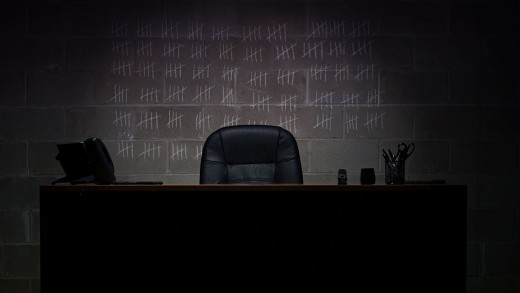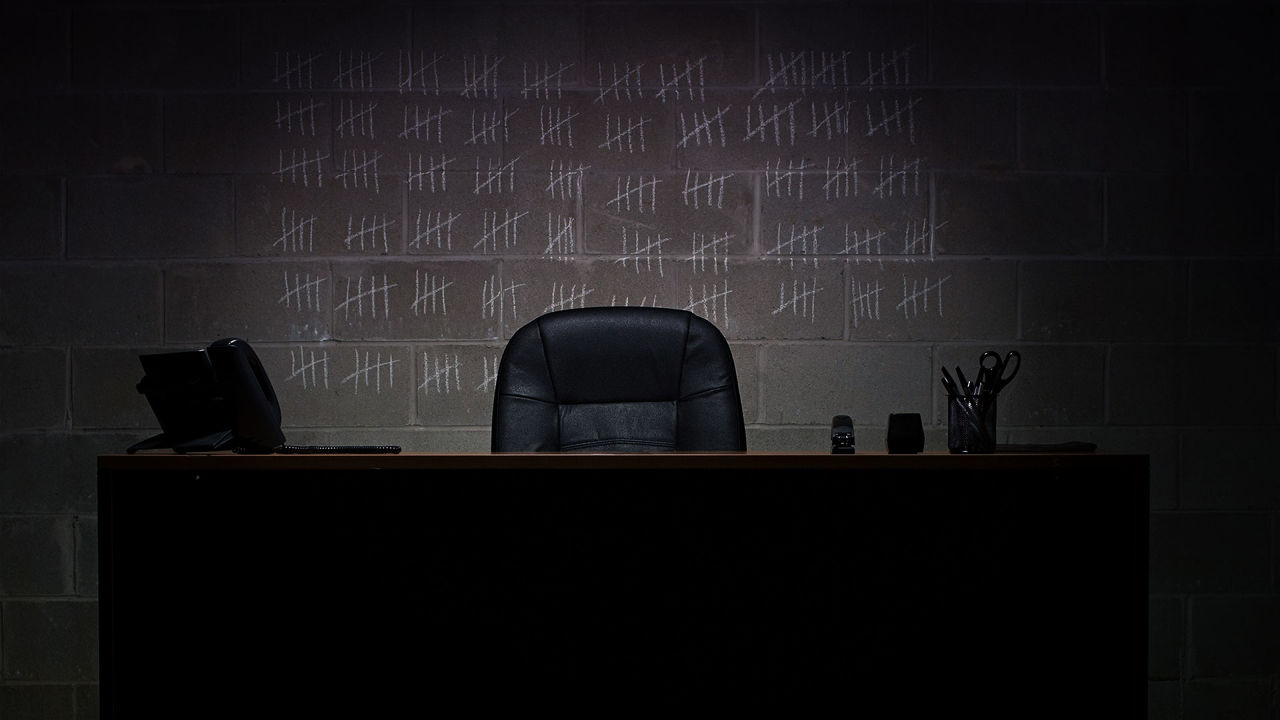A Former CIA Director’s advice On how you can Make hard selections
A 5-step decision-making process from a person who spent 25 years making lifestyles-and-loss of life selections.
may just 28, 2015
each day we make hundreds of decisions. Most are quite insignificant, akin to what to have for lunch or what to put on. Others elevate weight and penalties. Complicating issues is our access to data; a easy Google search produces 1,000,000 leads to a break up 2nd, and that can lead to prognosis paralysis.
Philip Mudd is familiar with making tough selections. As the previous deputy director of the CIA’s Counterterrorist heart and FBI’s nationwide safety department, he has gathered information and made recommendations about some of the world’s largest threats to nationwide safety. right through his 25 years working for the government, Mudd developed a machine for analyzing complex information and assessing chance. while one of the vital selections he made involved existence and demise, he contends that every one complicated choices—executive and civil—are major.

“whether you are combating terrorists or managing a pension fund, decisions will have to be made in an identical methods,” he says. “ahead of you say your decisions aren’t profound, stop. Is it actually soulless if it affects folks’s lives?”
In his e-book the top game: high-efficiency Analytic choice Making and the artwork of solving advanced issues fast, Mudd breaks down his decision-making process into five steps:
1. to find the real query
people frequently center of attention on the flawed question because they assume questions are self-evident, says Mudd. focusing on higher questions up entrance yields better answers later.
“excellent questions are hard to provide you with,” he says. “We typically overinvest our time in analyzing issues with the aid of leaping proper to the information and the conclusions, while beneath-investing in thinking about precisely what it’s we need to comprehend.”
the suitable query gives a choice advantage to the individual on the head of the table. Mudd says you will see the right query via having a look backwards. start with what you’re seeking to accomplish and work your means back, as an alternative of transferring forward and making conclusions.
2. establish Your “Drivers”
due to the fact that our minds have a difficult time juggling an excessive amount of information, damage down complicated questions into characteristics or “drivers.” This approach offers you a strategy to manage knowledge.
When Mudd was once working for the CIA, as an example, he would sort knowledge on Al Qaeda into data baskets that integrated money, recruits, management, communications, training, and get right of entry to to weapons. When data flows in, slightly than including it to one unmanageable pile, sorting through it periodically, and offering a recitation of what appears to be related from essentially the most contemporary stuff you’ve considered, file each bit into one of your baskets, says Mudd. He recommends limiting your drivers to 10 to easiest keep watch over the ideas.
three. decide for your Metrics
once the query and drivers were identified, decide what metrics you’ll use to measure how the issue and solution are evolving over time.
Mudd suggests comparing your notion course of to the training strategy of an Olympic sprinter who measures success in hundredths of a 2nd. “If we don’t, the prognosis we provide will suffer the same fate as a sprinter who thinks he’s great but has never owned a stopwatch: he enters an elite competitors, and truth intervenes,” he says.
Metrics present a “mind replicate”—a gadget for judging your selections. It provides a basis for coming again to the table and assessing the process for fulfillment.
four. acquire the info
once you’ve constructed the framework to help you make the arduous decision, it’s time to assemble the data. Overcome information overload by using plugging knowledge into their driver categories and excising anything else that does not match, says Mudd.
“too much knowledge might provide a false sense of security, and it doesn’t essentially lead to clearer analytic resolution making,” says Mudd.
Aggressively question the validity of your data. once you have your information sorted, give your self a grade that represents your confidence in assessing your query.
5. search for What’s lacking
complex diagnosis isn’t straightforward, says Mudd; you need to assume that the method is mistaken and check for gaps and blunders.
He says three widespread obstacles are:
- Availability bias: The instinct to depend on what you recognize or what has been most just lately within the information.
- Halo effect: when you write off the negative traits since you’re mesmerized by the certain attributes.
- Intuitive versus analytic methodologies: when you go along with your intestine.
“I hate instinct,” says Mudd. “It’s dangerous and it makes me apprehensive.”
Mudd says making complicated choices is hard work. “It’s a number of enjoyable to be an expert who bases their ideas on history and not quite a few fun to be an analyst who must all the time be assessing doable scenarios,” he says. “every time you go into an issue, and prior to you rip into information, ask yourself, ‘Am I sure where I’m heading?’”
Correction: A earlier model of this article had the headline “A Former CIA Director’s advice On the best way to Make hard decisions”
(134)














